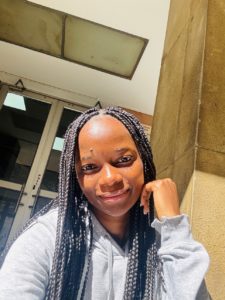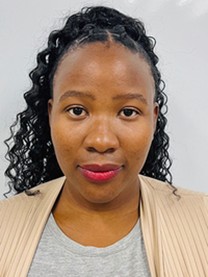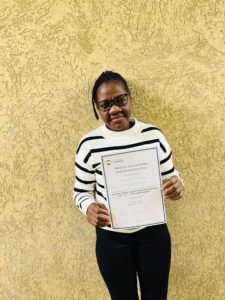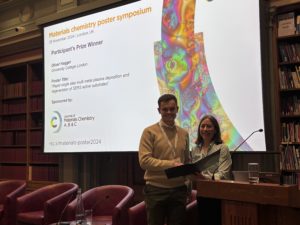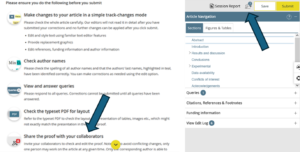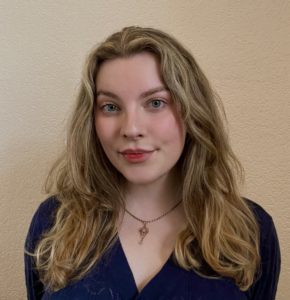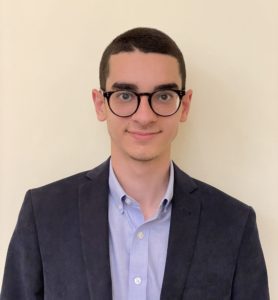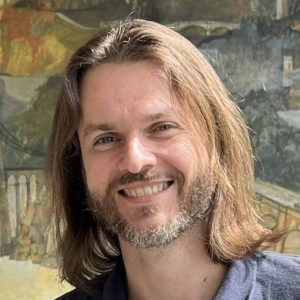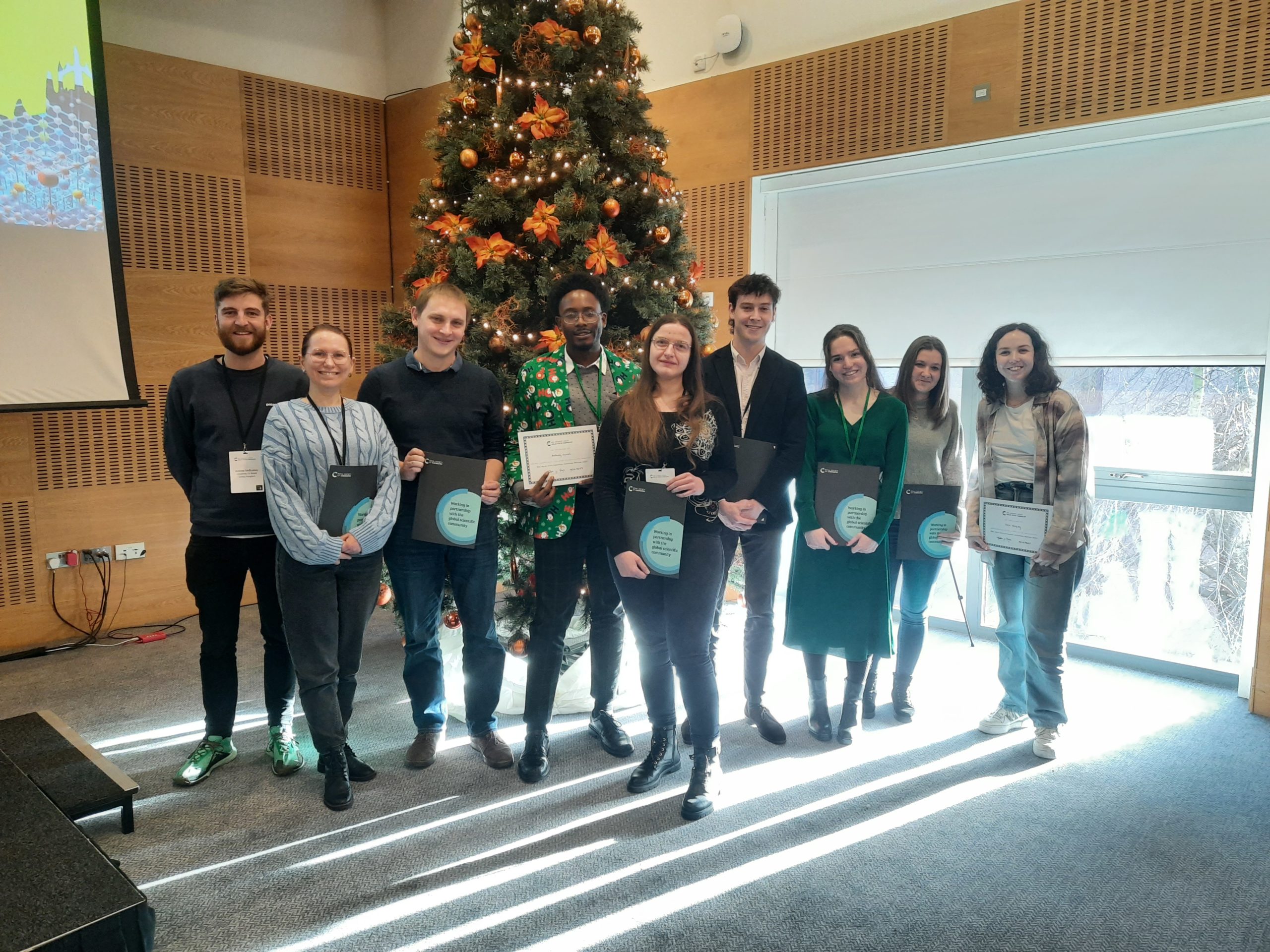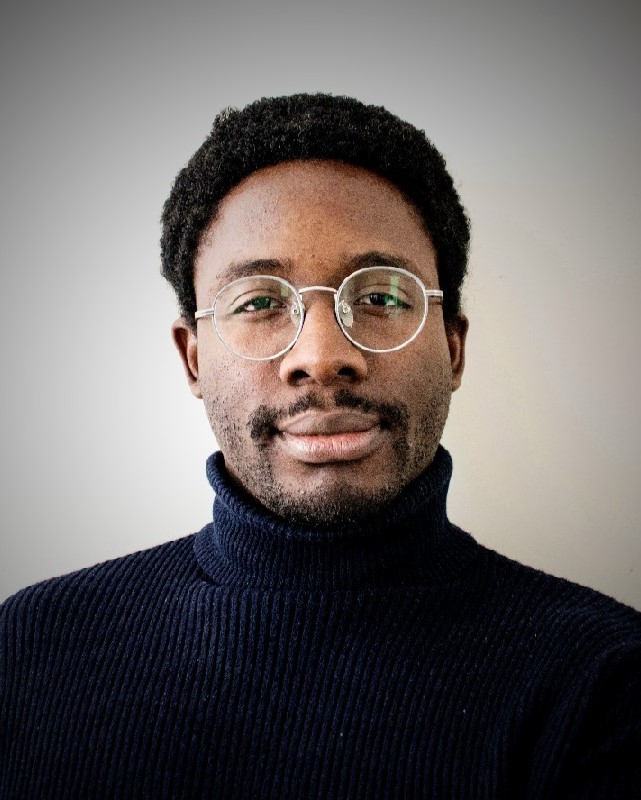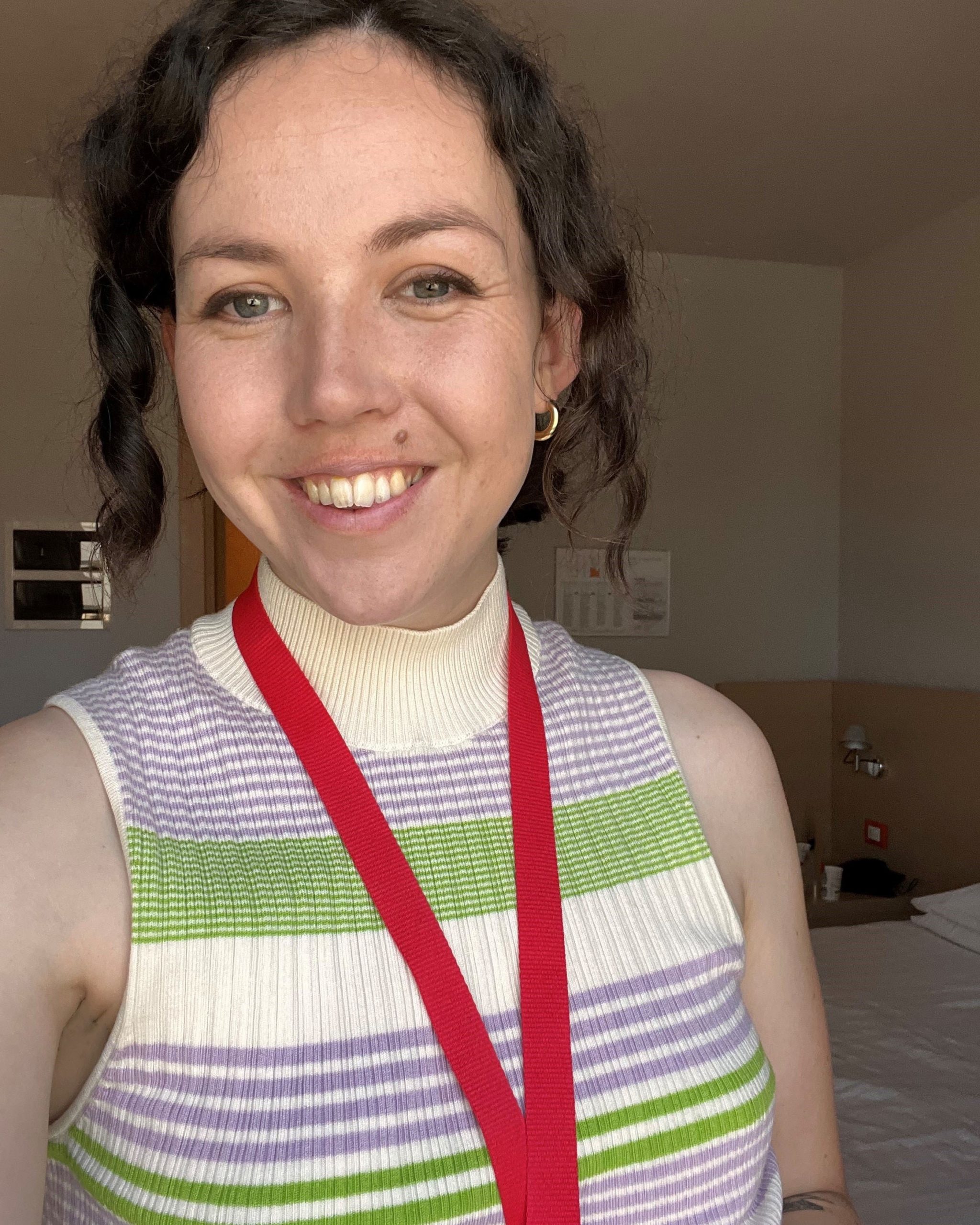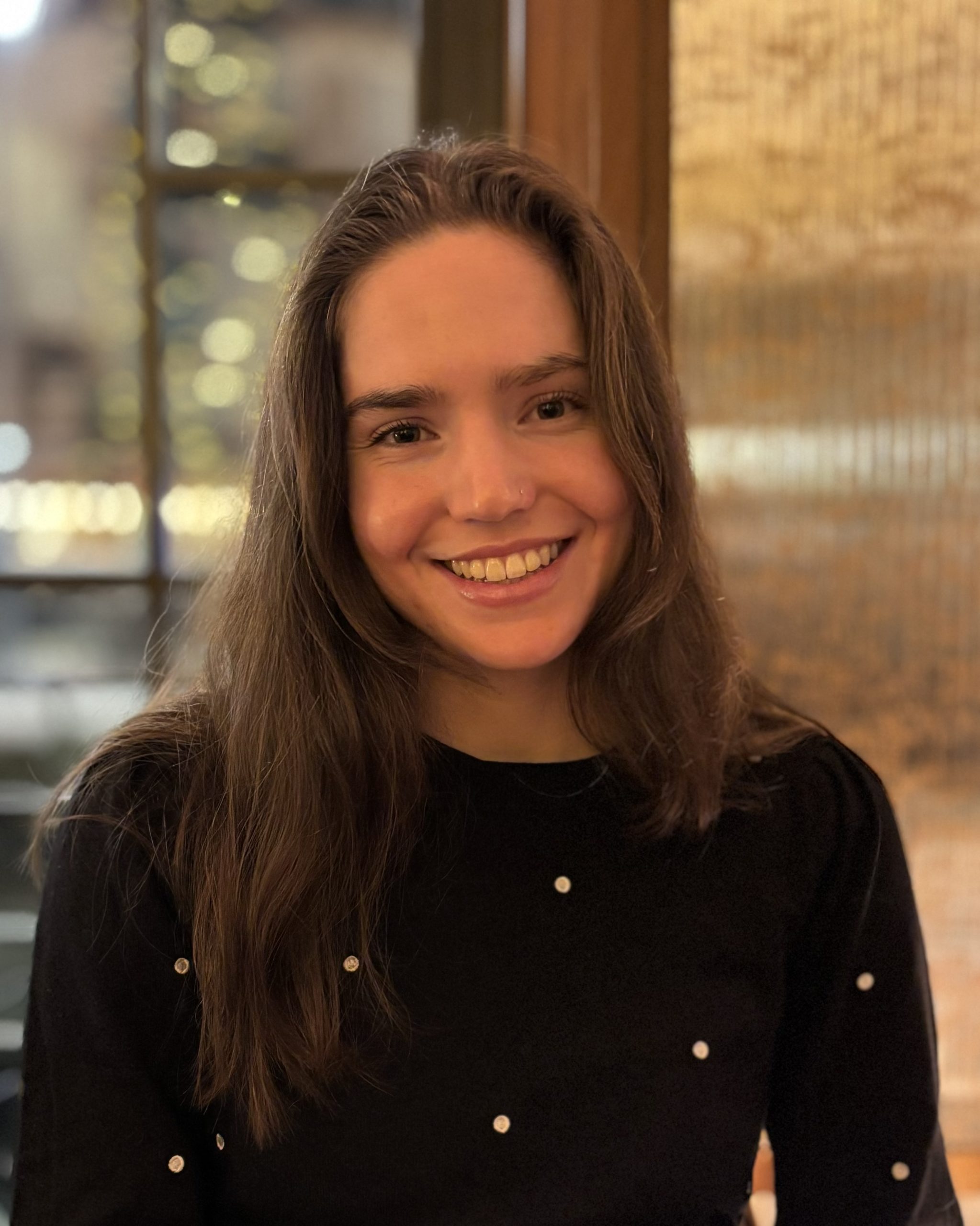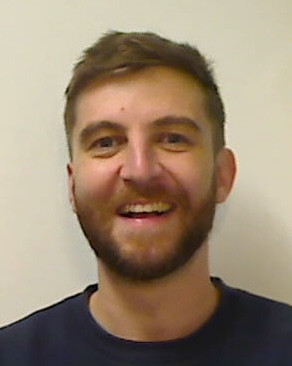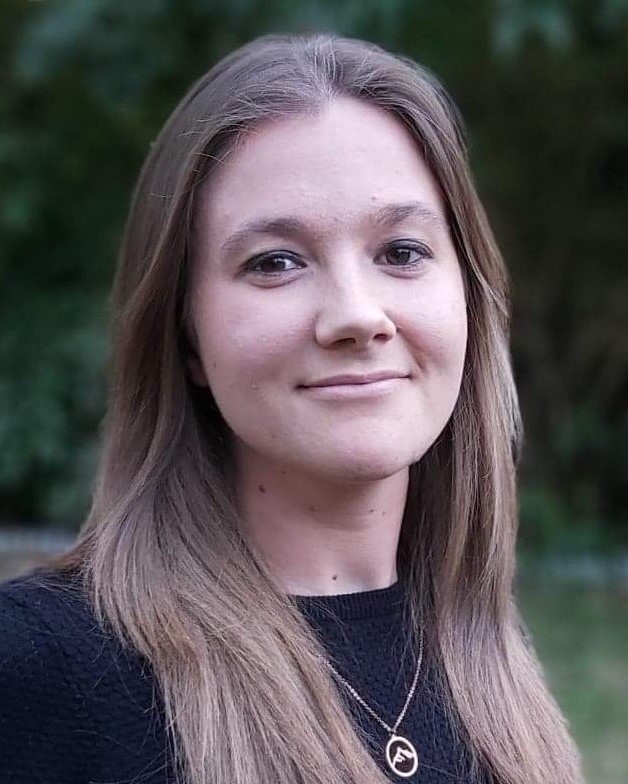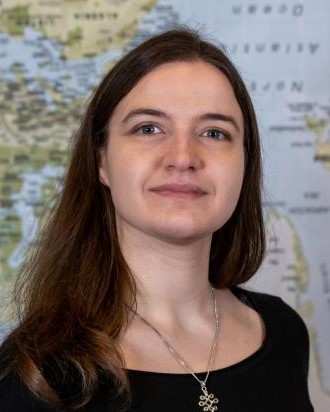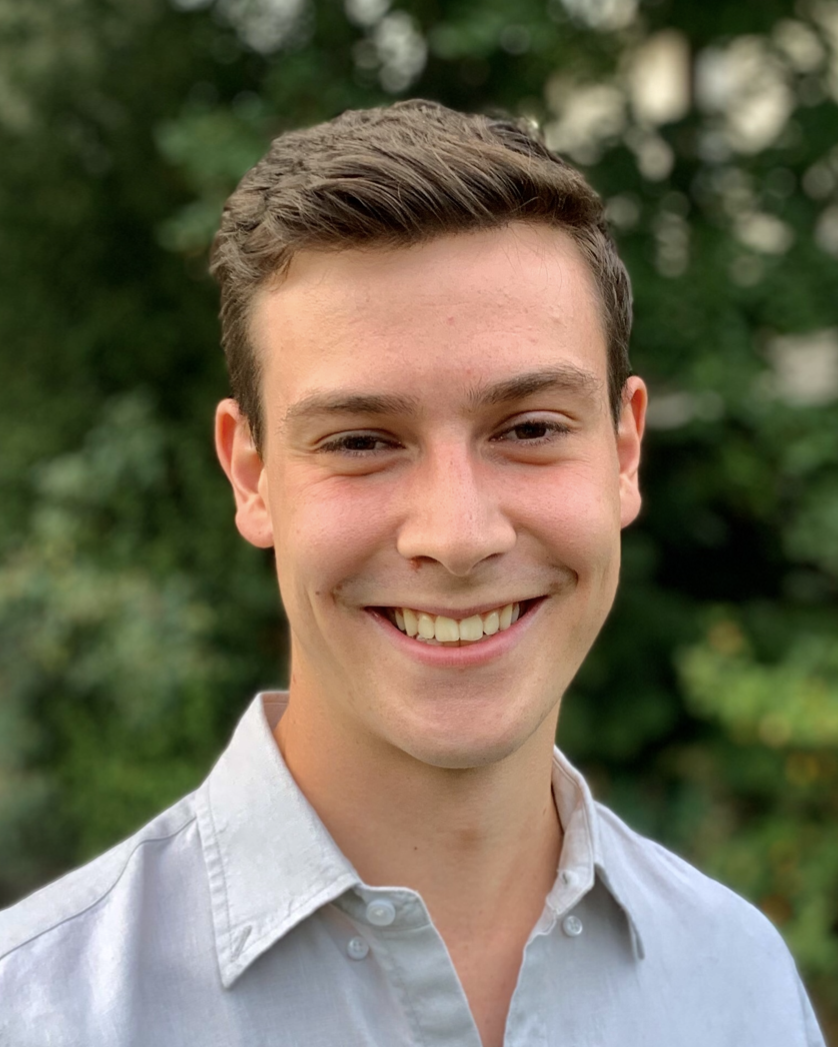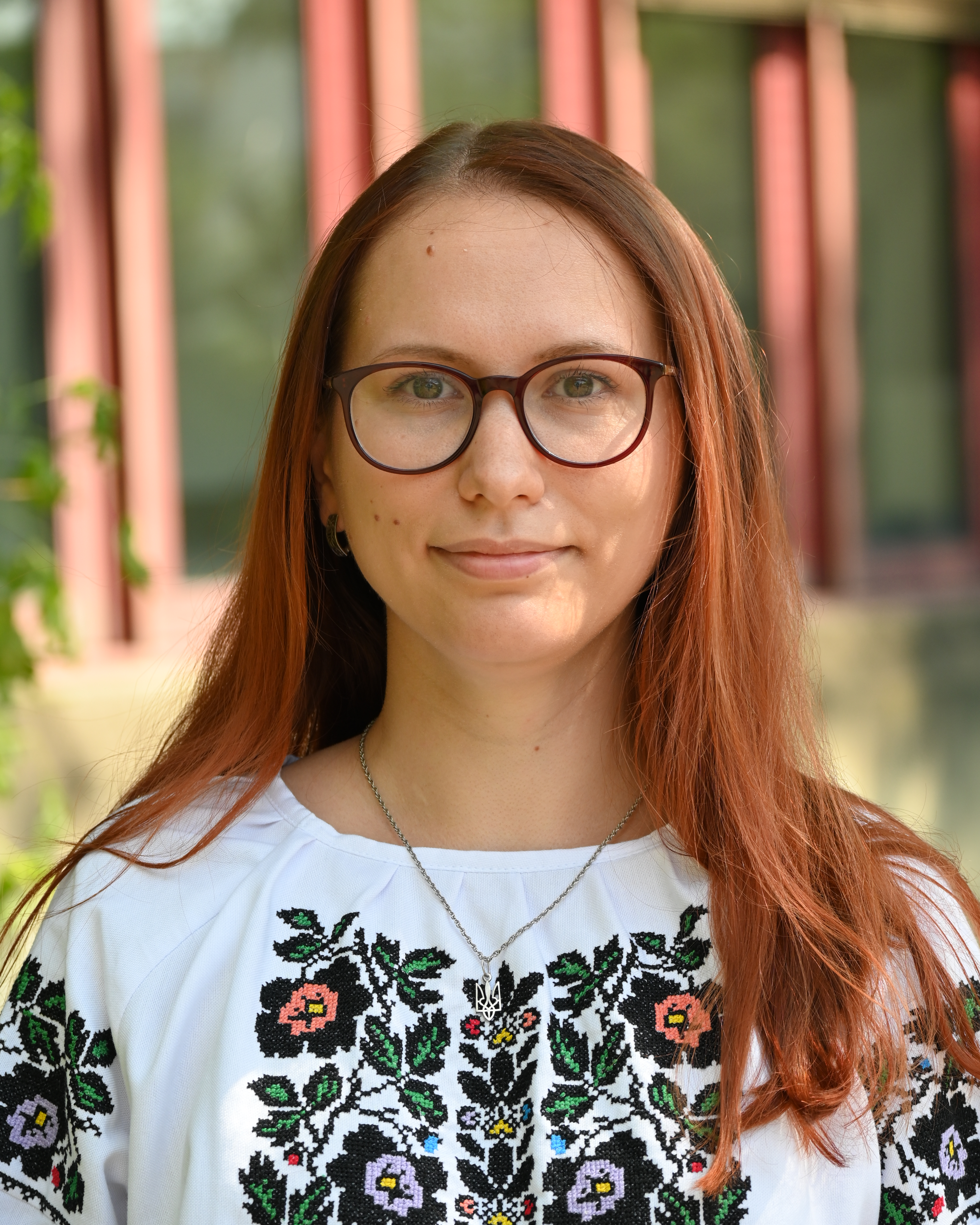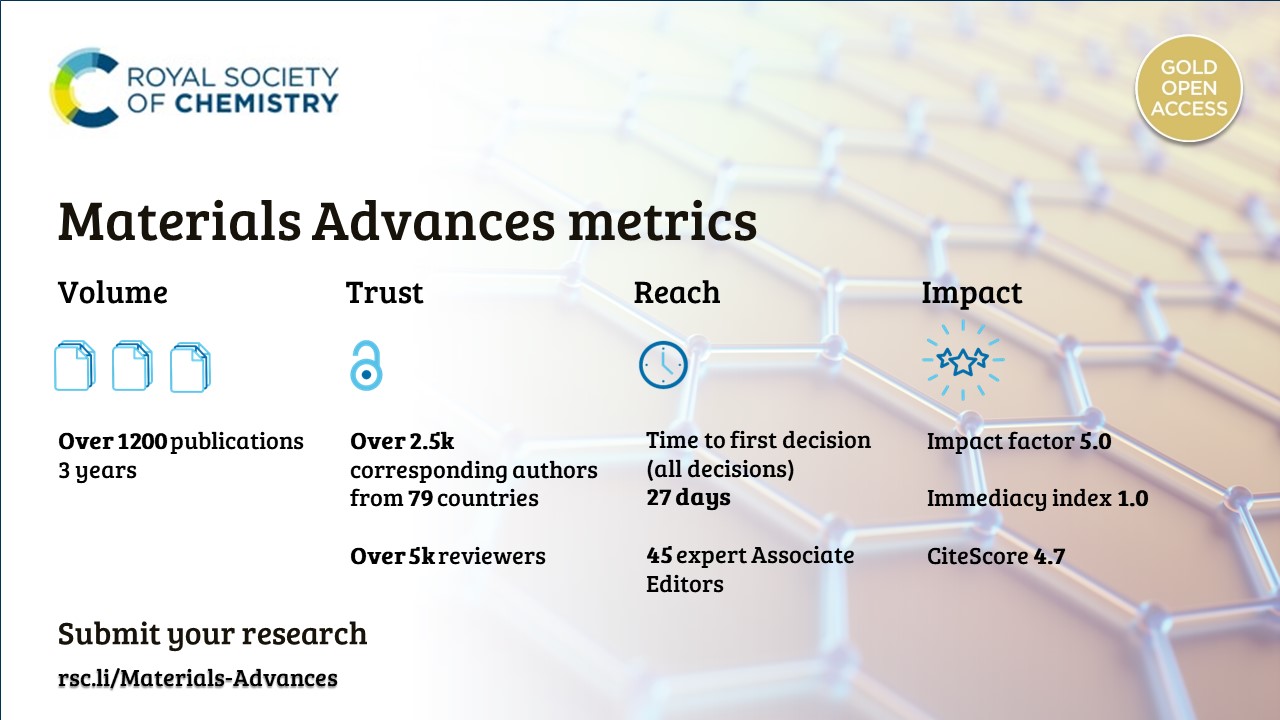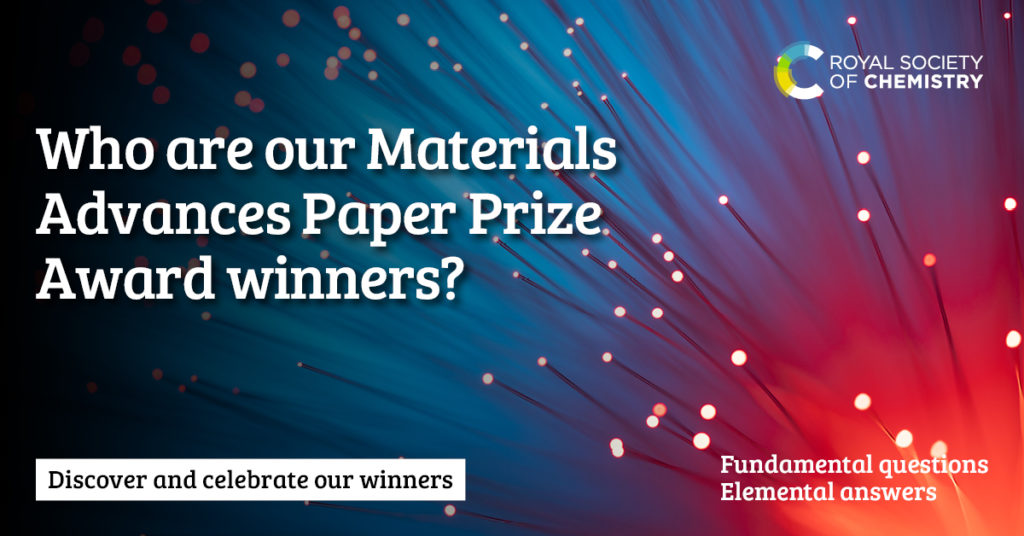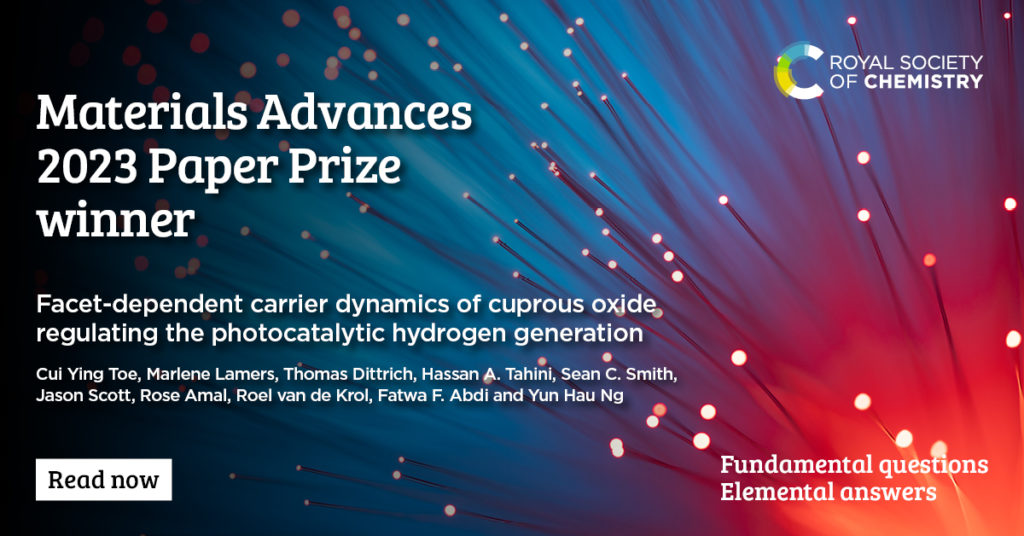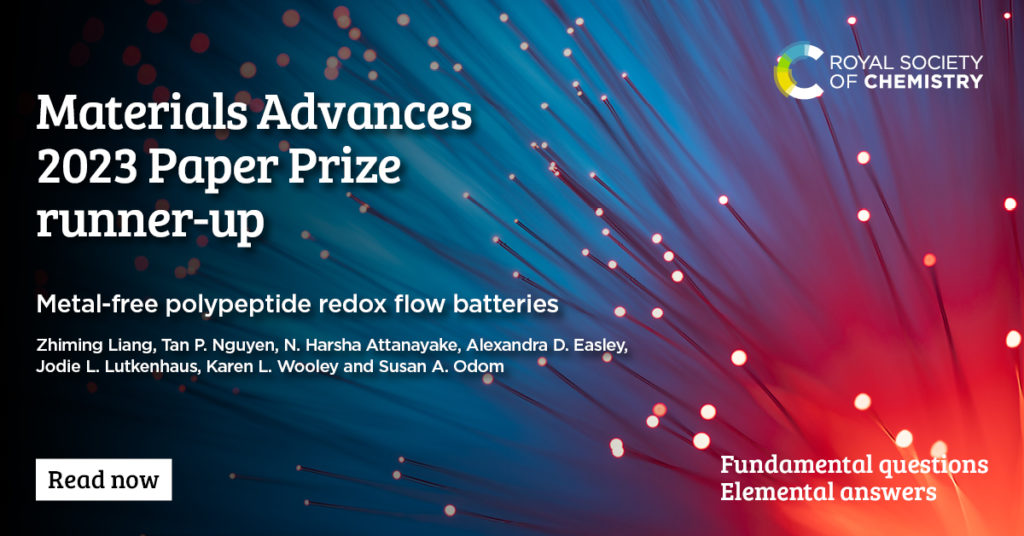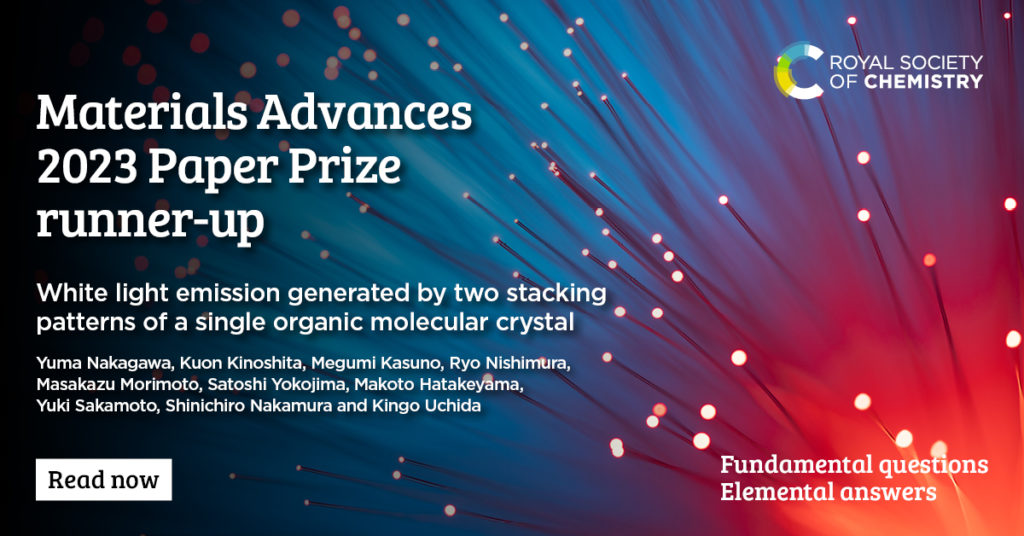Congratulations to Dr Guanjie He, University College London, UK for being selected as the recipient of the 2025 Journal of Materials Chemistry Lectureship.
The Journal of Materials Chemistry Lectureship is an annual award, established in 2010, which honours early-career scientists who have made a significant contribution to the fields of materials chemistry. This year we received numerous high-quality nominations from across the world. With help from our Advisory and Editorial Boards, each nomination was assessed and considered for the award. The final selection was made by our Editors-in-Chief and Executive Editor.
Guanjie He (FRSC, FIMMM) is a Professor in Materials Chemistry and Engineering at University College London (UCL), Department of Chemistry. His research group focuses on materials, interfaces, and devices for aqueous electrochemical energy storage and conversion, particularly zinc-ion batteries and electrocatalysis. His work aims to bridge fundamental chemistry with practical technologies that enable a sustainable energy future. He has received recognitions such as 2025 RSC Harrison-Meldola Early Career Prize for Chemistry and Emerging Investigator Awards from Journal of Materials Chemistry and Nanoscale. He is also the CTO and co-founder of Element 30 Ltd., a spin-out advancing safe and sustainable energy storage technologies. He contributes actively to the materials chemistry community through editorial, mentoring, and leadership roles.
Discover Guanjie’s RSC publications in this web collection to find out more about their research
Check out our interview with Guanjie below:
How did you feel when you were announced as winner of the 2025 Journal of Materials Chemistry Lectureship?
I was deeply honoured and humbled to receive this recognition from the JMC community. The award is not only a personal milestone but also a reflection of the dedication and creativity of my research group and collaborators. It motivates me to continue pushing the boundaries of materials chemistry towards sustainable and impactful technologies.
Which of your JMC publications are you most proud of and why?
I am particularly proud of our Journal of Materials Chemistry A paper titled “An anti-aging polymer electrolyte for flexible rechargeable zinc-ion batteries.” In this work, we developed an adhesive solid polymer electrolyte that overcomes the aging and densification issues common in hydrogel electrolytes. The material maintained stable interfacial resistance for over 200 hours, twice that of conventional systems, and enabled flexible zinc-ion batteries that could keep working even under bending or twisting. This study was meaningful to me because it combined interfacial chemistry with practical device design, demonstrating a simple yet robust strategy for durable and safe flexible energy storage.
At which upcoming conferences may our community meet you?
I will be attending the Singapore Scientific Conference (SSC) 2025 and 2026 MRS Spring Meeting & Exhibit. These events are great opportunities to exchange ideas and strengthen our community connections in materials chemistry.
What do you like to do in your free time?
Outside the lab, I enjoy playing badminton, swimming, and exploring London’s parks and museums. I also like spending time with friends and former students, many of whom have become collaborators. These moments of balance and connection often bring fresh ideas and energy back into my research life.
Do you have any advice for Early-Career researchers who wish to be nominated for the 2026 JMC Lectureship award?
My main advice is to stay passionate, persistent, and open-minded. Please choose research questions that genuinely excite you, and don’t be afraid to take on interdisciplinary challenges. Equally important is to contribute actively to our materials chemistry community, whether by mentoring students, junior colleagues, reviewing manuscripts, organizing workshops or conferences, or supporting diversity and outreach activities. These efforts not only strengthen our community but also help you grow as a scientist and a leader. The materials chemistry field thrives when we share knowledge, support one another, and work collectively toward a more sustainable future.














